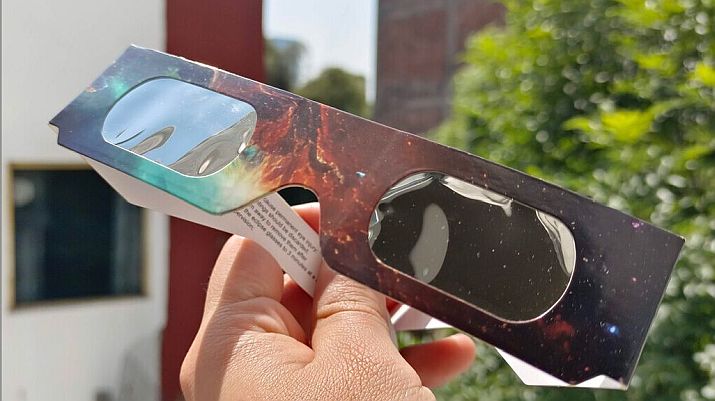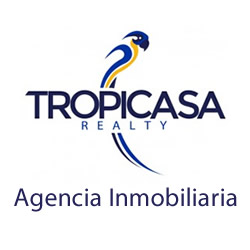
On Monday, April 8, 2024, Mexico will be graced with one of the most anticipated astronomical events of the year: a total solar eclipse. This celestial phenomenon will cast its shadow across the northern part of the American continent, starting in the Pacific Ocean, traversing northern Mexico, the eastern United States, and Canada, before fading off on the Atlantic coast.
The eclipse will offer a breathtaking display as it darkens the sky, mimicking the onset of dusk. It will unfold in two stages: first as a partial eclipse, then reaching its climax as a total eclipse when the moon completely obstructs the Sun.
While the eclipse will traverse a significant portion of Mexico, not all regions will witness it equally. States like Durango, Coahuila, and Sinaloa are set to experience the full spectacle, with Durango offering the prime location for viewing the total eclipse.
In Durango, the capital city promises an optimal vantage point for observing this rare event, offering viewers the chance to catch a glimpse of the Sun’s outer atmosphere, known as the corona, which is visible only during a total eclipse.
For those eager to witness the total eclipse firsthand, being within the 115-mile-wide path of totality is crucial. Cities like Mazatlán in Sinaloa and Torreón and Monclova in Coahuila are among the notable locations within this path. However, for those outside this path, the eclipse will still be visible as a partial phenomenon.
In addition to the aforementioned states, parts of Nayarit and Chihuahua will also offer opportunities to witness the eclipse. Municipalities like Mineral de Cucharas, Nayarit and towns bordering Durango and Coahuila are expected to provide optimal viewing conditions.

It’s important to note that this event marks the first total solar eclipse in Mexico in over three decades, making it a rare and memorable occurrence. To observe the eclipse safely, viewers must utilize specially designed protective gear, such as ISO 12312-2 certified solar observation lenses or visors, to shield their eyes from harmful radiation.
While experiencing the eclipse in person is ideal, those unable to do so can still enjoy the spectacle through various internet transmissions, including live streams provided by NASA from Torreón, Coahuila.
As Mexico eagerly anticipates this celestial spectacle, enthusiasts and curious observers alike are preparing to witness the awe-inspiring beauty of nature’s grand cosmic ballet.






